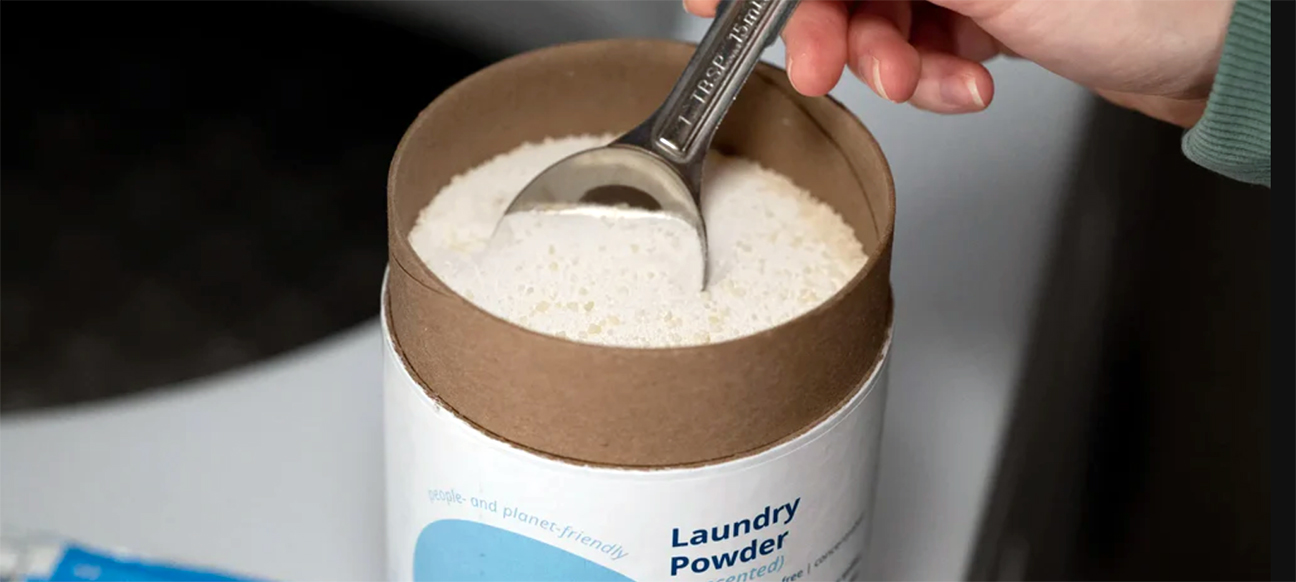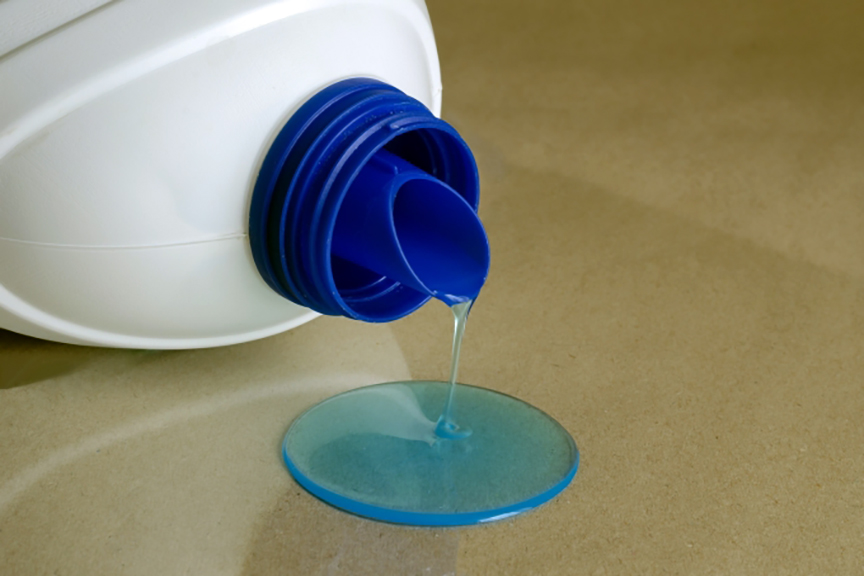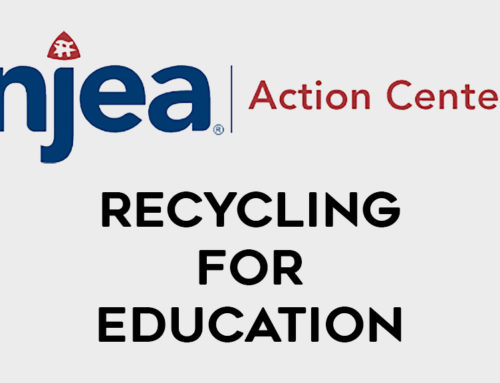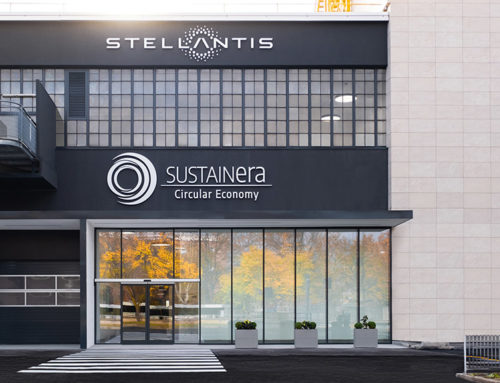In the face of an escalating plastic pollution crisis, the need for innovative solutions has never been more pressing. Plastics, notorious for their inability to biodegrade, have wreaked havoc on our planet, posing threats to the environment, biodiversity, and human health. The relentless use of single-use plastics, from food packaging to medical equipment, has only exacerbated this global predicament. However, a glimmer of hope emerges from the laboratories of the University of California at Santa Barbara (UCSB), where scientists have unveiled a groundbreaking method to repurpose plastic waste into a valuable resource – detergent.
The omnipresence of plastics in our daily lives has led to a dire situation. These synthetic materials persist indefinitely in the environment, accumulating at an alarming rate. The consequences are dire, with ecosystems bearing the brunt of this environmental plague. Wildlife suffer from ingestion and entanglement, while humans face the specter of health issues arising from plastic-related toxins. In this ongoing battle against plastic pollution, single-use plastics stand as formidable adversaries.
The UCSB research team recently published their groundbreaking findings in the scientific journal Chem, shedding light on a remarkable method to convert polyolefins, a type of plastic, into alkylaromatics. These alkylaromatics play a pivotal role as surfactant components, the essential ingredients in detergents. The significance of this discovery lies in its potential to reduce the reliance on fossil fuels for surfactant production.

Traditionally, fossil fuels have been the primary source of surfactants, contributing to environmental degradation and resource depletion. However, by repurposing plastic waste into surfactants, like detergent, this innovative approach not only mitigates the demand for fossil fuels but also provides a second life for plastics, preventing them from ending up in landfills or polluting natural habitats.
The UCSB team’s paper not only presents a revolutionary concept but also outlines a more efficient process for converting plastic waste into surfactants. Notably, their improvements have slashed the production time from a laborious 24 hours to just a few hours. Although further refinements are essential, this represents a promising stride towards a sustainable future with reduced plastic waste.
While the prospects of repurposing plastics into detergents are exciting, it is crucial to consider the broader environmental impact of this process. While reusing plastic waste reduces greenhouse gas emissions related to raw materials, the energy costs and emissions associated with the conversion process must be thoroughly examined. Striking a balance between reducing plastic pollution and minimizing the environmental footprint of these processes is a challenge that remains to be addressed.
In the midst of the plastic pollution crisis, the UCSB research team’s groundbreaking detergent discovery offers a beacon of hope. By repurposing plastics into essential components of detergents, we have the potential to curtail the demand for fossil fuels and keep plastics out of landfills, moving one step closer to a more sustainable future. Though challenges remain, this innovation serves as a reminder that science and determination can lead us towards a cleaner, greener planet. As we look ahead, let us remain vigilant in our pursuit of solutions to mitigate the harmful effects of plastic pollution on our planet.
One Green Planet shares a petition: Urging Countries Around the World to Ban Single-Use Plastics!






